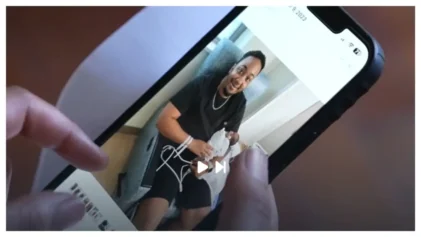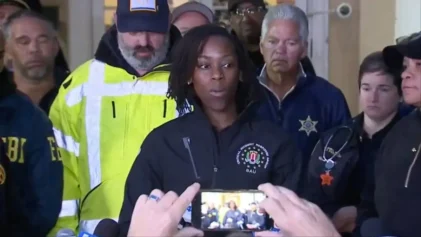New York is a place where nearly every corner seems to be a reminder of the richness of Black history. From the jazz clubs and theaters that line the streets of Harlem to the aging churches that once housed iconic activists, the history of the Black community is still left enticing many of the senses for those who look closely enough at the Big Apple.
But before the Harlem Renaissance and the days of Malcolm X, a now-historic community by the name of Weeksville was laying roots in Brooklyn.
More than 500 free Black people called the community home before the passage of President Abraham Lincoln’s Emancipation Proclamation in 1863.
The neighborhood, which now houses the Weeksville Heritage Center in Crown Heights, was filled with Black men and women of all trades.
“They were shoemakers, carpenters, cooks, horse dealers, seamstresses, teachers, cigar makers, grocers, preachers and land speculators,” The New York Times’ Julie Besonen reported. “Weeksville was suburban, divided into affordable lots that allowed enough space for gardens, a few chickens and pigs. They founded schools, churches, a hospital, an orphanage and a newspaper. They valued education; the literacy rate of early residents was low, but by 1865 it had climbed to 93 percent.”
It was a community that was filled with successes despite the overall landscape for the Black community at the time.
Shortly after New York state abolished slavery in 1827, free Black men began buying acreage in the community and by the time 1838 came around, the neighborhood has been deemed Weeksville in honor of James Weeks.
Weeks was a “stevedore who was neither the first landowner nor the largest, though records show he was a leader in lobbying for voting rights,” Besonen added.
Within five years, the humble beginnings of the neighborhood became a unique Black community that some have likened to a “Black Wall Street” of its own time.
“It was a Black separatist community,” Judith Wellman, author of Brooklyn’s Promised Land: The Free Black Community of Weeksville, New York, told The New York Times. “To invest in the idea that all men were created equal, they made a place for themselves where they could have more power. It would have been a constant struggle if they’d stayed in a white community.”
During a time when the right to vote was limited for Black people, 31 men in Weeksville met the $250 requirement that was set in place for Black voters in 1850, Wellman adds.
Eventually, such requirements and bans would be lifted and it seemed as if a community like Weeksville was destined for rapid progress.
That wasn’t the case.
“After the Civil War, Weeksville began to be absorbed by European immigrants and urban renewal, its original residents dying or moving away,” Besonen continues.
But that didn’t stop a community leader like J.H. Gordon, a clergyman in the area, from using his voice to make a difference.
Despite the rapid retreat of many of the community’s original residents, Gordon stayed behind and eventually fought for the release of a Congolese pygmy who was being held captive and put on display.
Ota Benga was a part of an exhibit that also featured primates at the Bronx Zoo.
A human being was being treated as nothing more than an animal and a side show.
Gordon helped lead efforts for Benga’s release and he then offered him refuge in Weeksville’s Howard Colored Orphan Asylum.
It was one of the community’s defining moments, but it wasn’t long before its progressive history became just that. By the 1950s, the Weeksville community was less of a reality and more of a memory and a slice of history.
The buildings that once filled the community and housed Black families were soon dilapidated and left in ruin.
Redevelopment efforts have started to take over, but the history and the heart of Weeksville, for some, will take quite some time to become a part of the town’s culture again.



